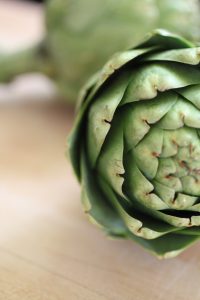 About a year ago I wrote a pretty lengthy post about FODMAPs. No I’m not yelling at you – FODMAPs are Fermentable, Oligo-, Di- and Mono-saccharides And Polyols. These are foods that contain fermentable short chain carbohydrates which elicit an IBS-like response (ie, diarrhea) from some people. You can read at length about it here, but Ttday I want to talk about what has happened in the 14 months since I wrote that last post, and the way forward for my personal optimal gut health.
About a year ago I wrote a pretty lengthy post about FODMAPs. No I’m not yelling at you – FODMAPs are Fermentable, Oligo-, Di- and Mono-saccharides And Polyols. These are foods that contain fermentable short chain carbohydrates which elicit an IBS-like response (ie, diarrhea) from some people. You can read at length about it here, but Ttday I want to talk about what has happened in the 14 months since I wrote that last post, and the way forward for my personal optimal gut health.
After Hayley helped me self-diagnose my FODMAP aversion last summer, I began eliminating those foods from my diet starting with the worst offenders: onions, coconut milk, and cabbage. Prior to figuring out this problem, I would make smoothies using coconut milk and had a nickname for how they would make me instantly have to run to the bathroom. After a while, it wasn’t so funny anymore. Over the year, I felt as if I were becoming more and more sensitive to FODMAPs that weren’t a problem for me previously; things like garlic, broccoli, avocado, asparagus… they were all giving me problems.
It took me over a year to actually do something about it all, other than casually eliminating some of these foods. I know, right? A YEAR. When people say they think going Paleo will be too hard, too restrictive, or too “anything” – I get it now. It’s all relative, and hell – I know how they feel. As a Paleo eater, how would you feel if you couldn’t eat the following foods without getting ill:
Excess Fructose fruit:
Apple
Mango
Nashi fruit
Pear
Persimmon
Rambutan
Watermelon
Excess Fructan fruit:
Persimmon
Rambutan
Watermelon
Excess Polyol fruit:
Apple
Apricot
Avocado
Blackberries
Cherries
Longon
Lychee
Nashi Fruit
Nectarine
Peach
Pear
Plum
Prune
Watermelon
Excess Fructose vegetables:
Sugar snap peas
Excess Fructan vegetables:
Artichokes (Globe & Jerusalem)
Asparagus
Beet
Brussel Sprouts
Cabbage
Chicory
Dandelion leaves
Fennel
Garlic
Leek
Legumes
Okra
Onion (brown, white, & Spanish)
Peas
Radicchio lettuce
Shallot
Spring onion (white section).
Excess Polyol vegetables:
Avocado
Cauliflower
Mushrooms
Snow peas
This list does not even include all of the foods that Paleo folks typically avoid: Grains, Dairy, and many others. This post on Cassandra Forsythe’s Blog is fairly comprehensive in listing the foods (which I referenced above) – take a look, it is staggering. So back to the point I was trying to make: How would YOU feel if you were trying to follow a Paleo diet and the above foods couldn’t be consumed? Most of our staple fruits and vegetables are on the list. FODMAP aversion, according to Diane Sanfilippo and other experts, is a symptom, not a condition in and of itself. In other words – something else going on in your gut is causing you to react to FODMAPs.
After living with these particularly distressing symptoms for well over a year, I decided that I would have to walk the walk and see a doctor. Equipped with as much knowledge as possible, Hayley and I set off for my appointment with Dr. Franne Berez. Franne is our family doctor – she is the cousin of Hayley’s grandfather, “Buz.” If you have our cookbook, you’ll recognize him from pgs 18-19. One of the things we specifically brushed up with for this appointment was the podcast Diane and Liz did with Chris Kresser about gut health and FODMAPs. You can check that out here on Diane’s site.
In the appointment, the first thing Franne did was ask about my history. Knowing what I do, I started all the way back at birth. I was a cesarian birth, and quite colicky as an infant. The doctors suspected I had an intolerance to something in my mother’s breast milk, perhaps onions (ironically, a FODMAP). My family ate healthier than most other families. 27 out of 30 dinners each month were home cooked – if not more. And while grains were a part of our diet, we did not drink soda regularly, treats were occasional, and I was strongly encouraged to eat fruit instead of sugary processed desserts. My parents did well with us.
My family traveled a lot in my childhood, and I suspected that I picked up a gut pathogen while abroad early on. By the time I got to high school, I clearly had digestive issues going on. At the time, I thought it could have been from stress, but the signs were there. Every time I ate onions or pasta sauce (with garlic and onions), I would get diarrhea. I had no clue why, but I knew tomato sauce was a trigger for me. Franne suspects that I was eating enough grains to constipate me to the point that my digestion felt somewhat regular. Upon going Paleo, the grains were eliminated and thus my symptoms got much worse.
Franne suspects that I may have any combination of the following: Candida, SIBO, low stomach acid and/or a gut pathogen. That is the initial thought, at least. Currently, I am preparing for a stool test as well as a blood test. To prepare for the stool test, I have to eliminate probiotics for 2 weeks prior to the test. This means a 14-day hiatus from Kombucha, unfortunately. I’m currently taking HCl for stomach acid supplementation which seems to be going well. Franne said that if I had adequate stomach acid, taking just one HCl would have me doubled over in pain. I can typically take 2 tabs with a meal before feeling anything. After the stool test, I’ll be taking a heavy regimen of probiotics. I will report back with my test results and progress in about a month. I hope this post will help shed some light on issues some of you may be having out there. Of course, I’m not a doctor (ie, don’t substitute this blog post for REAL help) – but you should GO SEE ONE if you are experiencing gut issues. Don’t be like me and wait over a year… GO NOW! And yes, that is me yelling. 😉
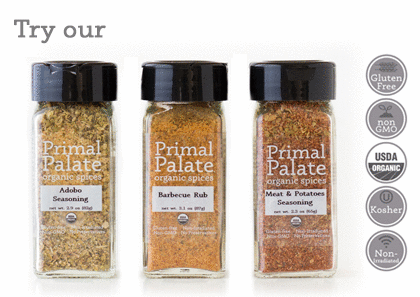
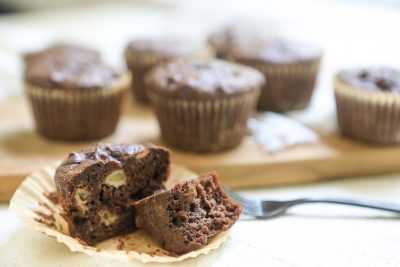

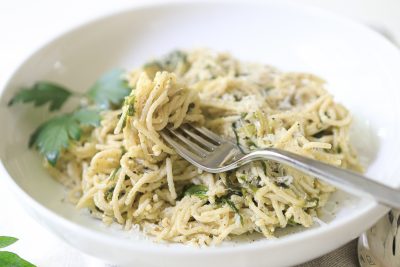
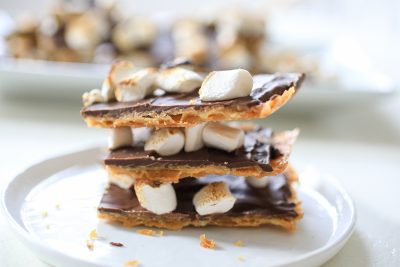
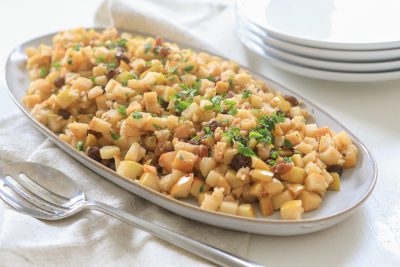
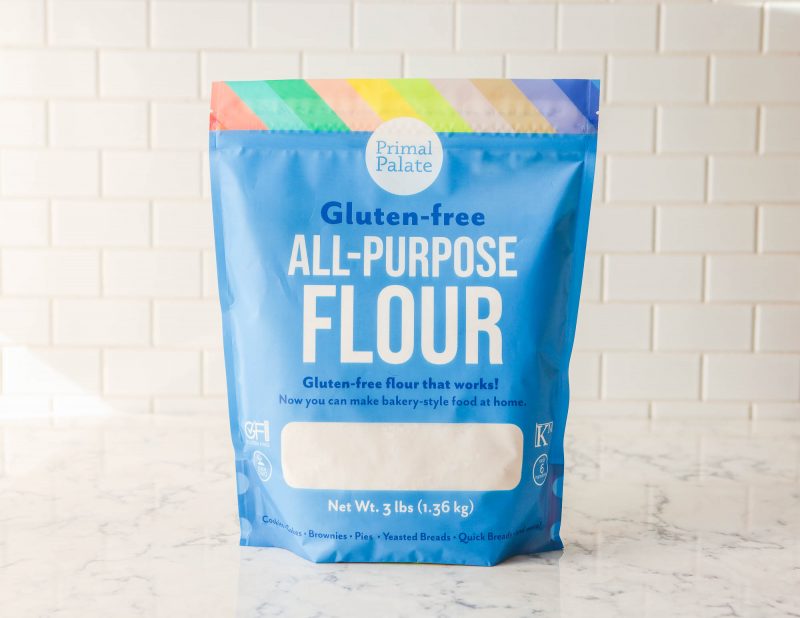
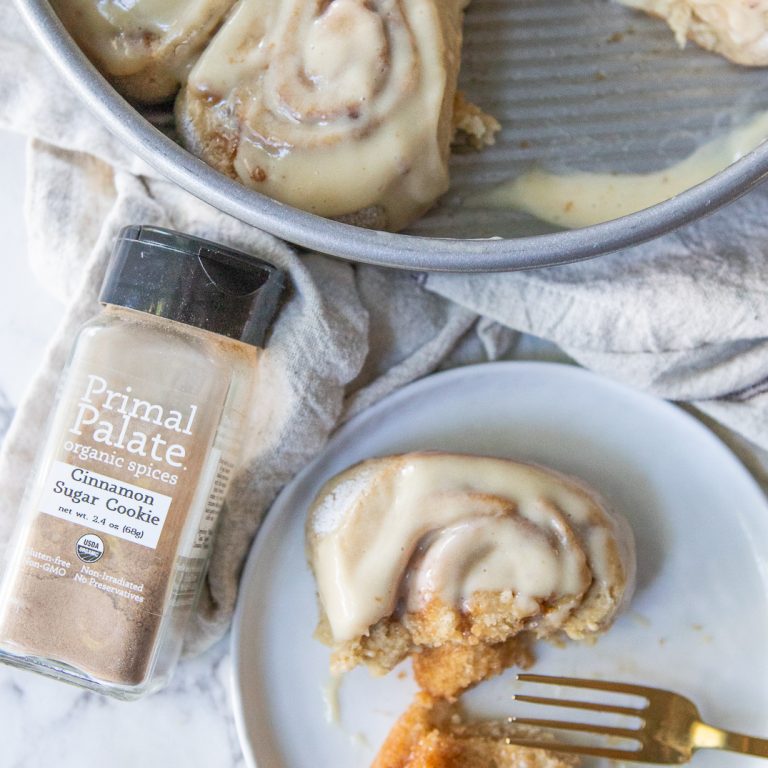
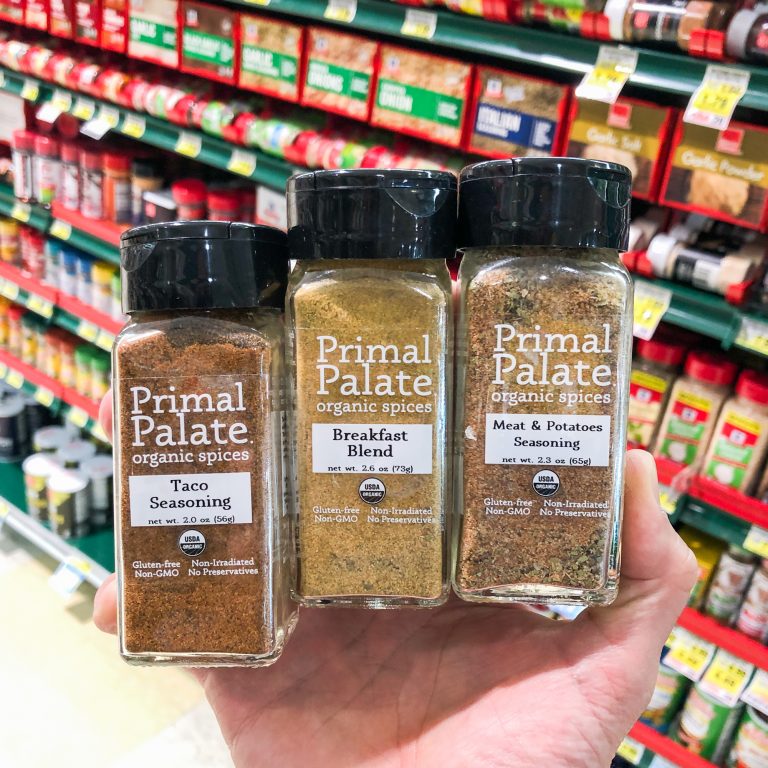
Hey there,
Thanks so much for this post. I actually remember seeing your post a year ago and thinking it didn’t really apply in our little family (and I also remember thinking, thank gawd, I cannot imagine giving all those things up!). Now, about a year later, we are embarking on a low-no-FODMAPs protocol for my husband and 3 year old daughter.
I am interested to know if giving up the list of foods above has alleviated any of your symptoms? We have been eating low-no for about two weeks now (as best we can with a 3 year old…) and she seems to have turned a corner – regular bowel movements about 4 days in a row! I suppose now we will slowly introduce certain favourites again and see how she reacts. Is this similar to the journey you took?
We are still learning so much about this so we are always looking for new information. Thanks again!
Love this info…Can you tell me what HCI is? I have to avoid Peppers for sure too!!!
Have you thought about doing low FODMAP GAPS? I’m reading the GAPS book now and it is very interesting. I’ve had autoimmune issues in the past and am gearing up to do GAPS. It’s daunting even after a year of paleo and being used to restrictions. I feel like paleo has been great for me, but GAPS will really focus in on healing the gut and reestablishing healthy flora.
Thanks for this article! It is nice to know I am not alone. I can relate to having to become more restrictive with the Paleo diet. I know I have delayed food reactions and Candida. It was frustrating to try to cook out of your cookbook and other Paleo cookbooks after using it quite a bit. Honestly yours was my favorite…recipes are great and they are simple! I still have some that I routinely can go to, but I definitely have to stay away from some until my gut heals. It is nice to know that looking at your list, that you can’t eat some of the same recipes…you know, misery loves company! 🙂 At least that is until we heal our guts. I am getting ready to start the GAPS intro. Been following GAPS diet pretty closely, except for the dark chocolate. Trying to get used to making soup and broth on a regular basis and learning fermentation so I don’t starve on the intro. They haven’t ever been favorite foods of mine. I am afraid how long it will take my gut to heal so I can do the stages with nuts and eggs(almonds are a definite no and eggs I have had to rotate and eat only pastured). Keep us posted on what happens. Thanks!
This is SO helpful. Thank you for sharing so candidly and with all your resources. My husband is going through the exact same thing, and our Dr. just told him to chew more and eat more slowly and take these acid pills… We left extremely frustrated and disappointed with that advice. But reading your post about low stomach acid and the HCI supplements you are taking gives me hope!!
This article is so relevant to me right now! I started on a yeast-free diet last Friday. In addition to having to limit my food to treat this, I was diagnosed last year with food intolerances to egg, dairy, wheat, bananas and shrimp so I cannot eat those. I’m also finding that I cannot tolerate garlic, onion and cabbages lately. My doctor decide to forgo the test given my symptoms and start me on the yeast-free diet and Nystatin to kill the yeast. I’m struggling with this diet since the food choices are limited and I travel for work. I find I am hungry and tired although I am told that eventually goes away. I will have to look at the rest of your blog to see how things turned out for you.